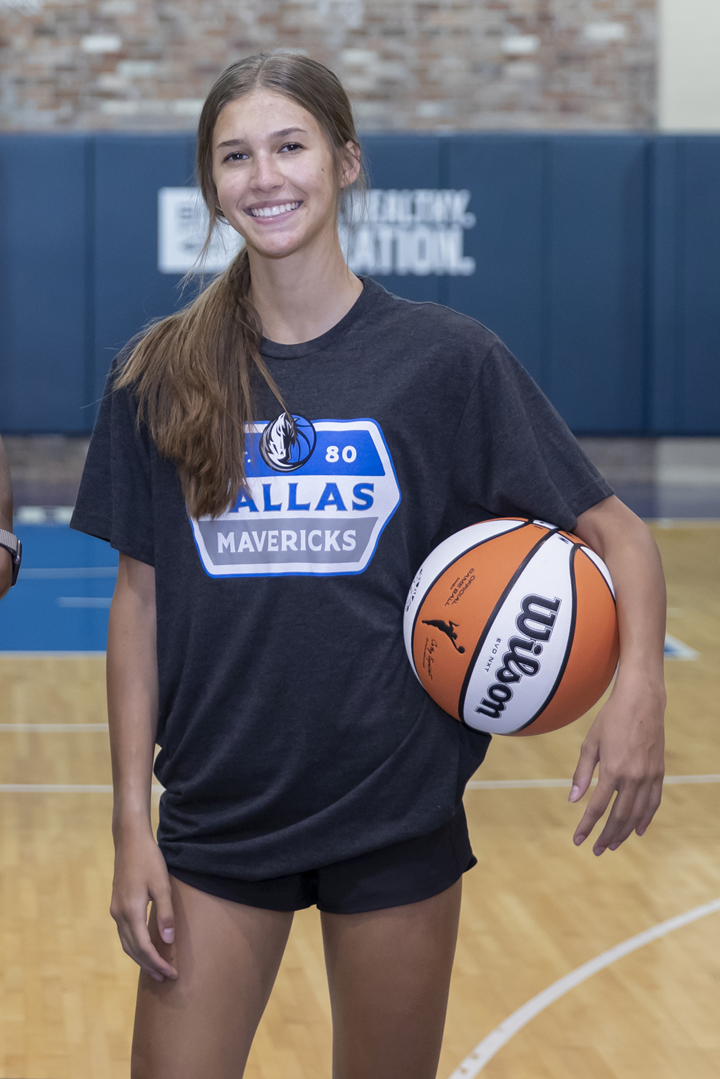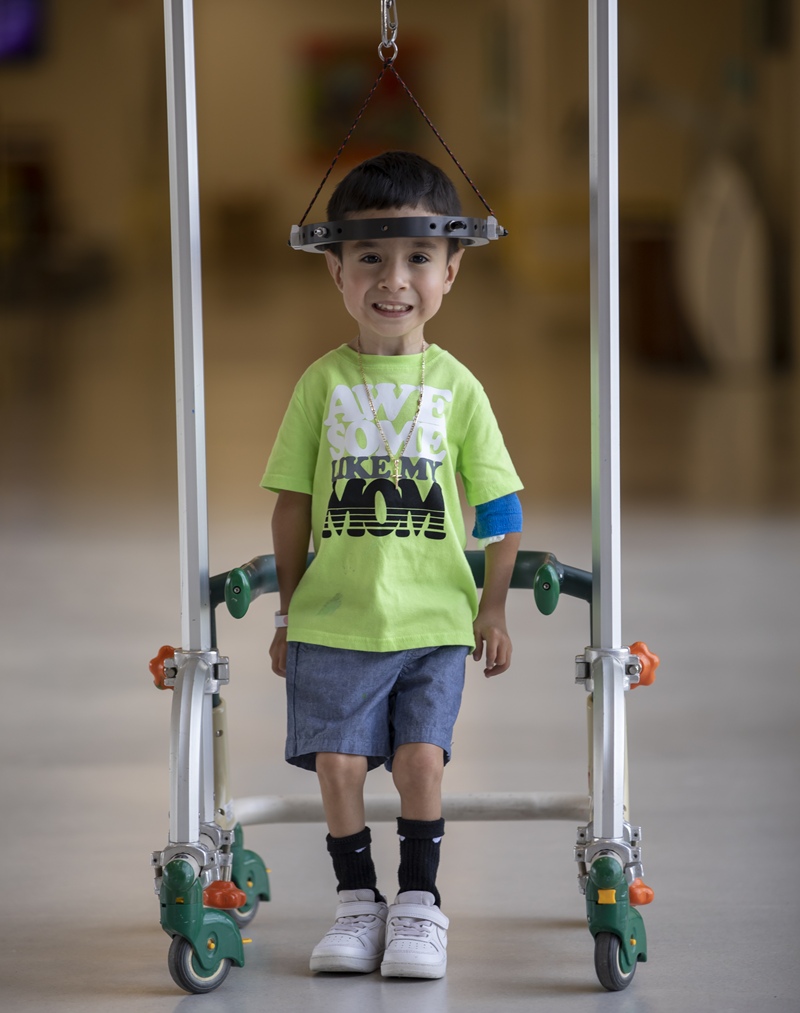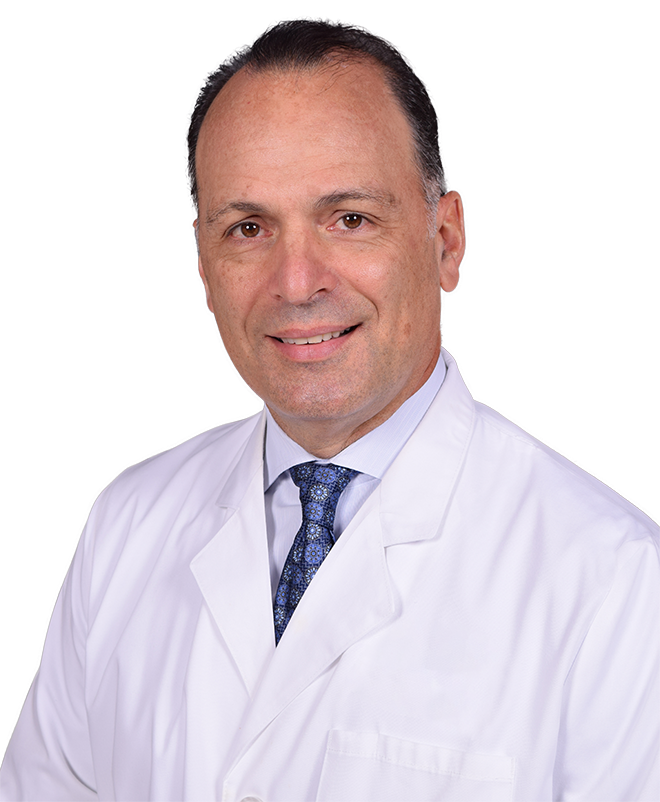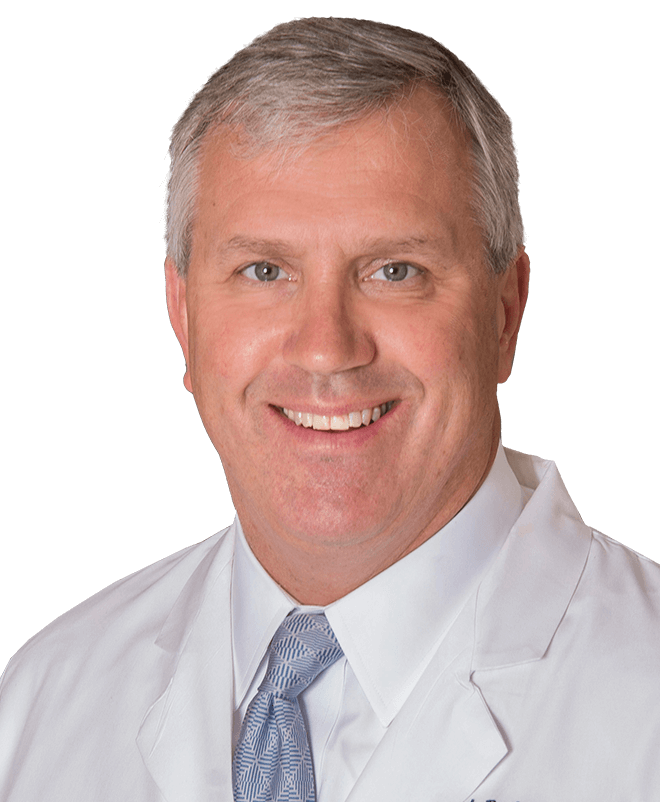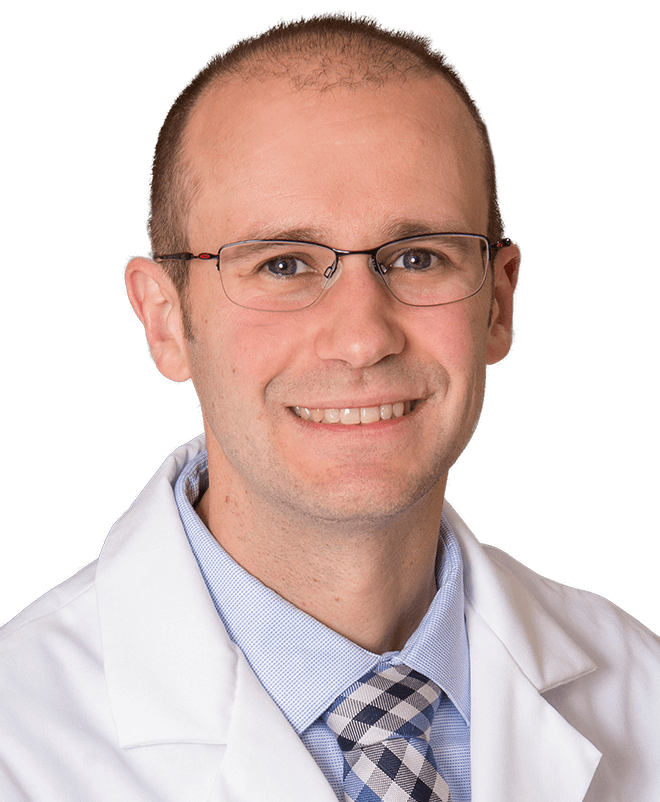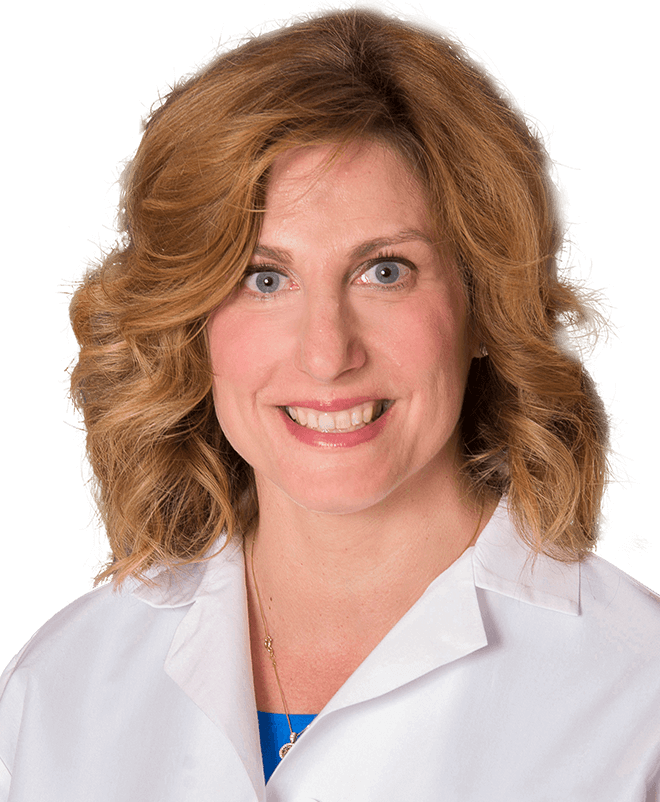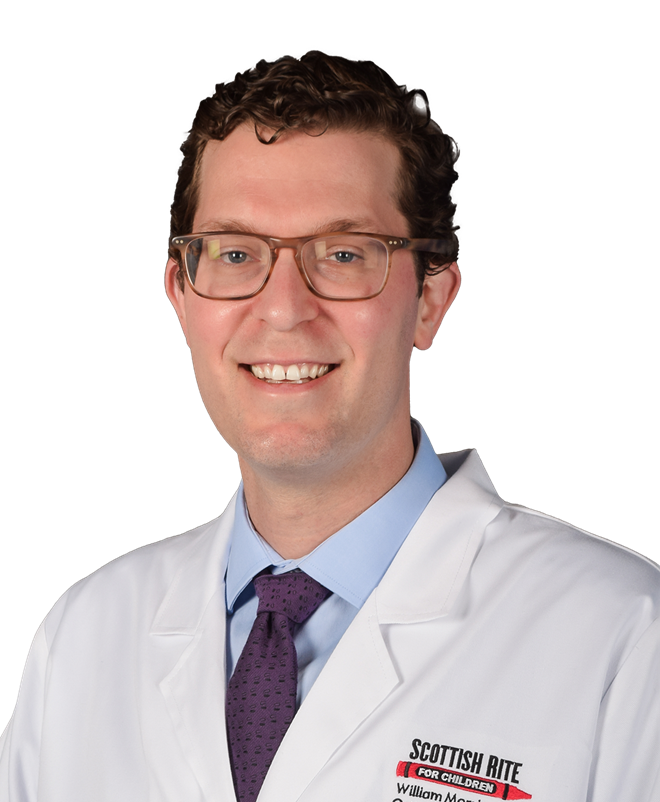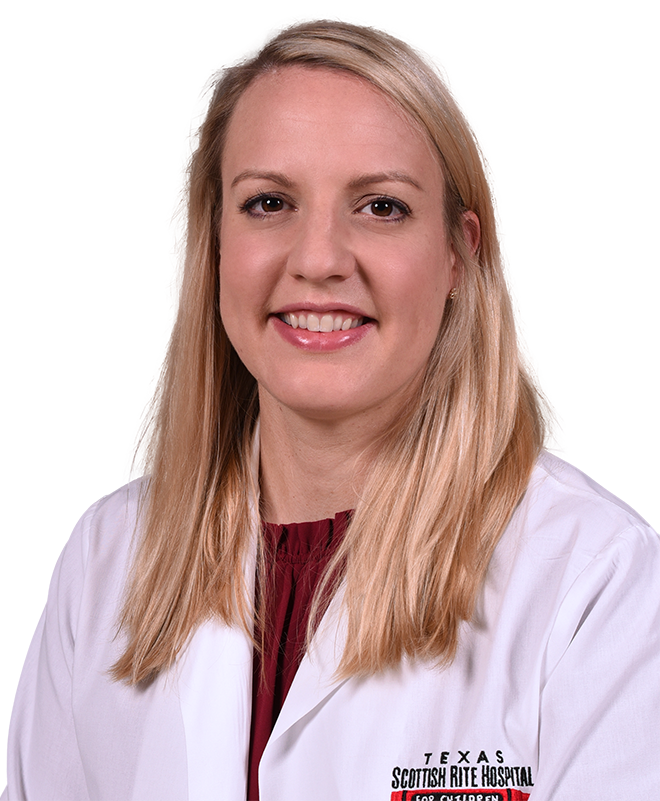Operative
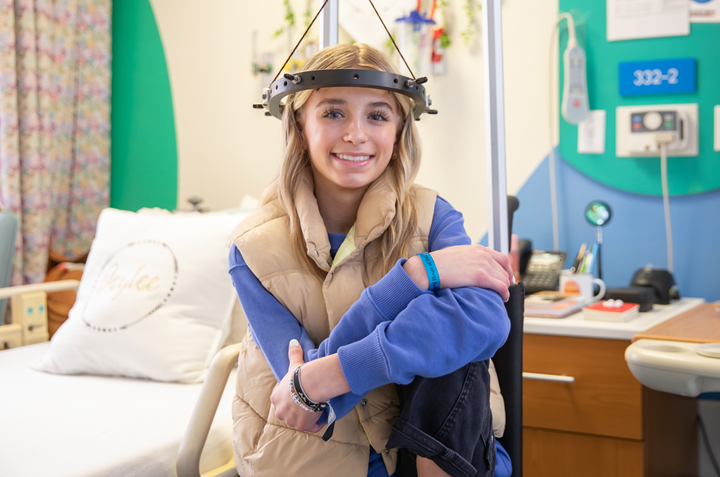
Operative Treatment for Scoliosis
In scoliosis patients with a significant curve of 50 degrees or more, spinal surgery is often the best treatment option. Surgery is also an option for scoliosis patients who did not achieve success with bracing. At Scottish Rite for Children, we offer multiple types of surgery to correct scoliosis including spinal fusions, as well as new and innovative methods like vertebral body tethering (VBT) and the magnetically controlled growing rods, also known as MAGEC® rods, for children that are still growing. Learn more about the different types of spinal surgery offered at Scottish Rite below.

